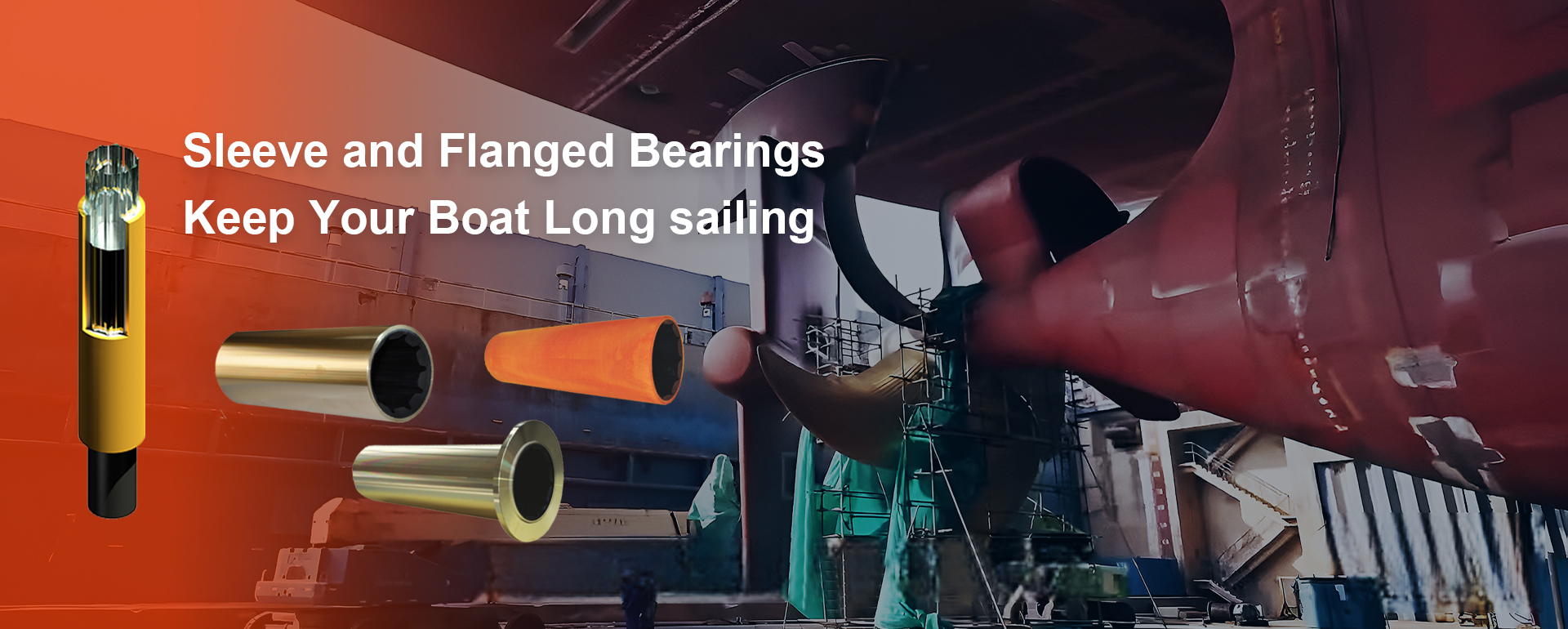installing crankshaft seal
Installing a Crankshaft Seal A Step-by-Step Guide
The crankshaft seal is an essential component in any engine, preventing oil leaks and ensuring that the engine operates efficiently. Over time, these seals can wear out or become damaged, leading to significant oil loss and potentially causing catastrophic engine failure. If you find yourself needing to replace a crankshaft seal, this guide will help you through the process step by step.
Tools and Materials Required
Before starting the installation, gather the following tools and materials
- New crankshaft seal - Socket set and wrenches - Torque wrench - Screwdrivers - Pliers - Seal puller or specialized crankshaft seal installation tool - Engine oil or assembly lubricant - Clean rags - Gasket scraper (if necessary)
Preparation
1. Disconnect the Battery For safety, start by disconnecting the negative terminal of your vehicle's battery to prevent any electrical shorts or issues while you work. 2. Drain the Oil To avoid spills, drain the engine oil into a suitable container. You’ll need to replace it later, so make sure you have enough oil for a refill after the installation.
3. Accessing the Crankshaft Seal Depending on the vehicle, you may need to remove various components, such as the timing belt or chain, oil pan, and front cover. Consult your vehicle’s service manual for specific instructions, as these can vary widely between makes and models.
Removing the Old Crankshaft Seal
4. Remove the Old Seal Once you have clear access to the crankshaft seal, use a seal puller or a flat screwdriver to carefully pry out the old seal. Be cautious not to damage the crankshaft or surrounding components. If the seal is particularly stubborn, you may need to apply a bit of penetrating oil to help it loosen.
5. Clean the Area Before installing the new seal, ensure the crankshaft sealing surface and the surrounding area are clean. Use a clean rag to wipe away any oil residue and debris.
installing crankshaft seal

Installing the New Crankshaft Seal
6. Prepare the New Seal Lightly coat the outside of the new crankshaft seal with engine oil. This will help it slide into place and create a better seal.
7. Position the New Seal Carefully align the new seal with the crankshaft's grove and press it into place. You can use a seal installation tool or a piece of wood to gently tap around the seal, ensuring that it is seated evenly. Wipe away any excess oil that might escape during the installation.
8. Reassemble the Components Once the new seal is securely in place, reassemble any components that were removed earlier. Be sure to follow the torque specifications outlined in the service manual for each bolt or nut to avoid damaging any components.
Final Steps
9. Fill with Oil After everything is reassembled, refill the engine with the appropriate amount of oil.
10. Reconnect the Battery Finally, reconnect the negative terminal of the battery.
11. Start the Engine Start your engine and let it run for a few minutes while checking for any oil leaks around the newly installed crankshaft seal. If you notice any leaks, it may require further inspection.
Conclusion
Replacing a crankshaft seal may seem daunting, but with the right tools and a bit of patience, you can complete the task yourself. Regular maintenance and timely replacements can save you from more significant and costly repairs down the line. Always refer to your vehicle's service manual for specific instructions and specifications to ensure a successful installation.
-
Understanding Automotive Oil Seals: Essential Components for Engine and Shaft Protection
News Jul.30,2025
-
The Importance of Heavy Duty Seals in Industrial and Residential Applications
News Jul.30,2025
-
Exploring Industrial Oil Seals: From Felt Oil Seals to TTO and CFW Solutions
News Jul.30,2025
-
Essential Guide to Oil Seals: From Radial to Metal-Cased Seals for Industrial Reliability
News Jul.30,2025
-
Choosing the Right Oil Seals and Gaskets for Industrial and Automotive Applications
News Jul.30,2025
-
Cassette Seals: Durable Sealing Solutions for Harsh Environments
News Jul.30,2025
-
Understanding the Front Main Engine Seal: Purpose, Maintenance, and Installation
News Jul.29,2025
Products categories















